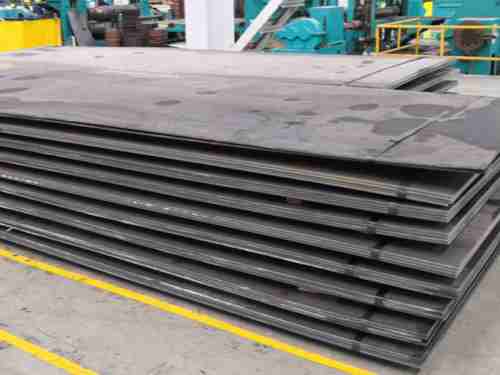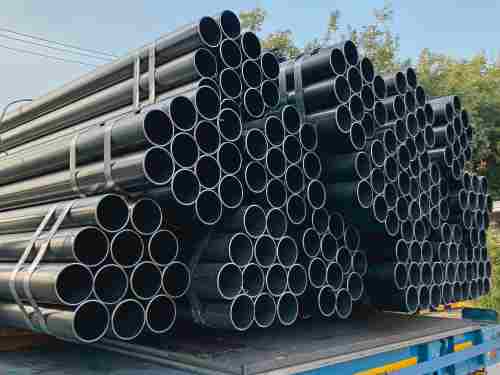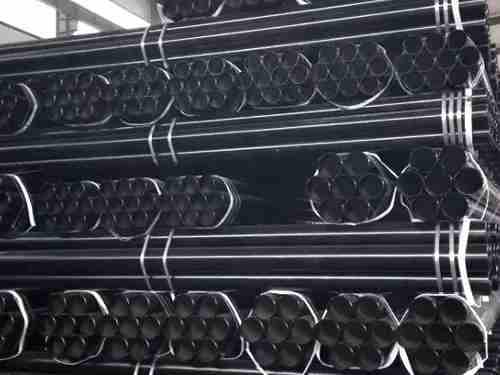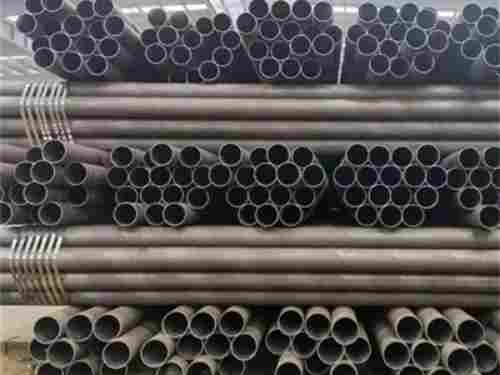In pipeline engineering, pipe flanges play a vital role in connecting pipes within a system. Their proper selection is essential to ensure the system operates effectively and safely. This article outlines the key considerations for selecting the appropriate pipe welding flange, helping you choose the best flange for your specific needs.
Continental Steel Co.,Ltd is professional carbon steel plates manufacturer, for more details, please contact:sales@continental-steel.com
Pipe Flange Materials
Carbon Steel Flanges
Carbon steel flanges are among the most commonly used in pipeline engineering. They offer a good balance of strength, rigidity, and cost-effectiveness. Carbon steel flanges are well-suited for systems with moderate pressure and temperature levels. However, they are vulnerable to corrosion, which can reduce their durability in aggressive environments.
Stainless Steel Flanges
Stainless steel flanges are highly resistant to corrosion and can withstand harsh environmental conditions over long periods. While they are more expensive than carbon steel, their extended service life and lower maintenance costs make them a cost-effective option in the long run, especially in challenging environments like those found in chemical processing or marine industries.
Alloy Steel Flanges
Alloy steel flanges are known for their high strength, rigidity, and excellent corrosion resistance. These flanges are ideal for systems exposed to high pressure, elevated temperatures, or corrosive media. However, they are priced higher than carbon steel and should be chosen based on the specific requirements of the project.
Types of Welding Flanges
Flat-Weld Flange
A flat-weld flange features a simple design where the pipe is inserted into the flange's inner hole and welded. These flanges are easy to fabricate and install, making them suitable for pipeline systems with lower pressure levels.
Butt-Weld Flange
Butt-weld flanges provide a strong connection between the pipe and flange through a butt weld. This type of flange offers high connection strength and excellent sealing, making it appropriate for pipeline systems with higher pressure levels.
Socket-Weld Flange
Socket-weld flanges are designed to insert the pipe into the flange’s socket before welding. This type of flange is commonly used in systems that handle larger diameter pipes with thinner wall thicknesses, ensuring a reliable connection with fewer welding requirements.
Considerations for Selecting Pipeline Welding Flanges
In addition to material and type, there are several important factors to consider when selecting welding flanges for a pipeline system:
Pressure Compatibility
The flange's pressure rating should match the working pressure of the pipeline system to ensure safe operation. It is crucial to choose flanges that can withstand the anticipated operating conditions without compromising performance.
Sealing Surface Type
The sealing surface of the flange should be selected according to the nature of the medium being transported. Common types include:
Flat seal
Concave and convex surface seal
Tongue and groove surface seal
Each type offers different sealing performance based on the fluid’s characteristics, such as temperature and chemical composition.
Connection Size and Standards
The flange's connection size should align with national standards or industry specifications. This ensures that the flange will integrate smoothly with the rest of the pipeline system and prevent leaks or other issues during operation.
Pipe Flange Selection Guidelines
When selecting a pipe flange, technical parameters such as the medium, temperature, and pressure should always be taken into account. Here are some general recommendations based on pressure levels:
Low-Pressure Systems (PN < 2.5 MPa):
For low-pressure systems, flat-weld or plate flanges with ordinary raised face (RF) seals are typically used. These flanges provide adequate sealing and are cost-effective.
Medium-Pressure Systems (2.5–64 MPa):
For systems in this pressure range, butt-weld flanges with raised face (RF) or concave and convex face (FM/M) seals are recommended. These provide stronger connections and better sealing under higher pressures.
High-Pressure Systems (Above 10.0 MPa):
High-pressure systems usually require butt-weld flanges, with tongue and groove (TG) or ring joint (RJ) sealing faces. These sealing surfaces offer optimal sealing performance under extreme conditions.
Stainless Steel Low-Pressure Systems:
In stainless steel low-pressure systems, loose flanges or slip-on ring flanges may be selected. These are more economical, provide easier installation, and are easier to maintain over time.
Integral Flanges:
Integral flanges are flanges that are made as a single unit with equipment, pipes, or valves. They are commonly found in equipment and valve assemblies but are less frequently used for piping and fittings.

 English
English Español
Español











